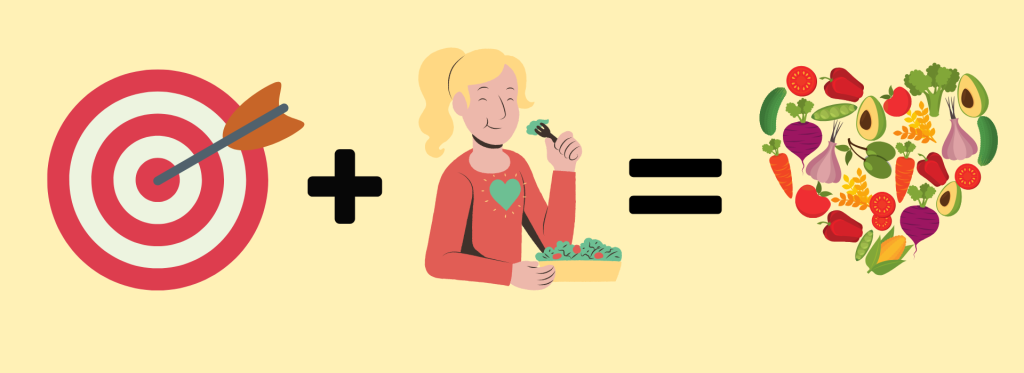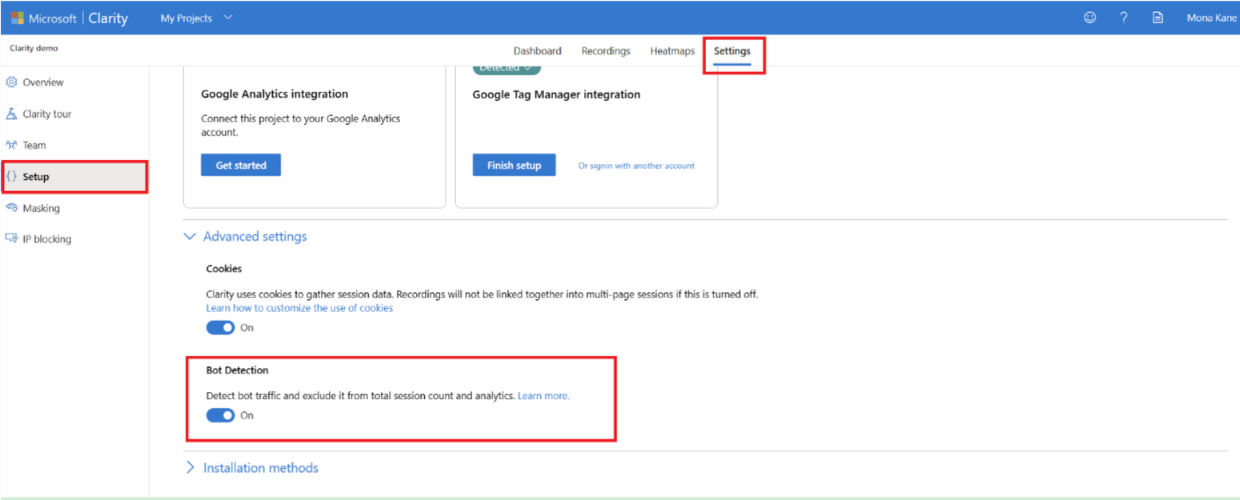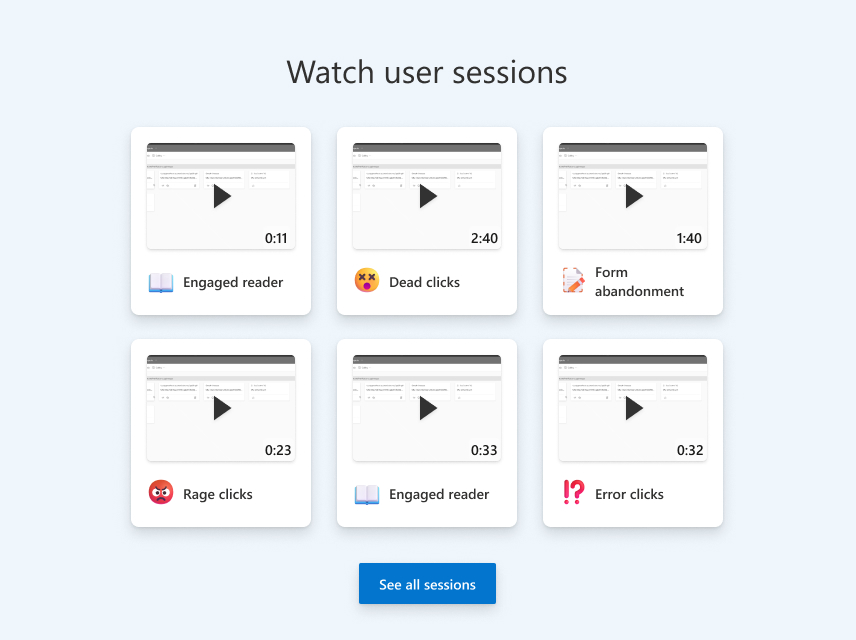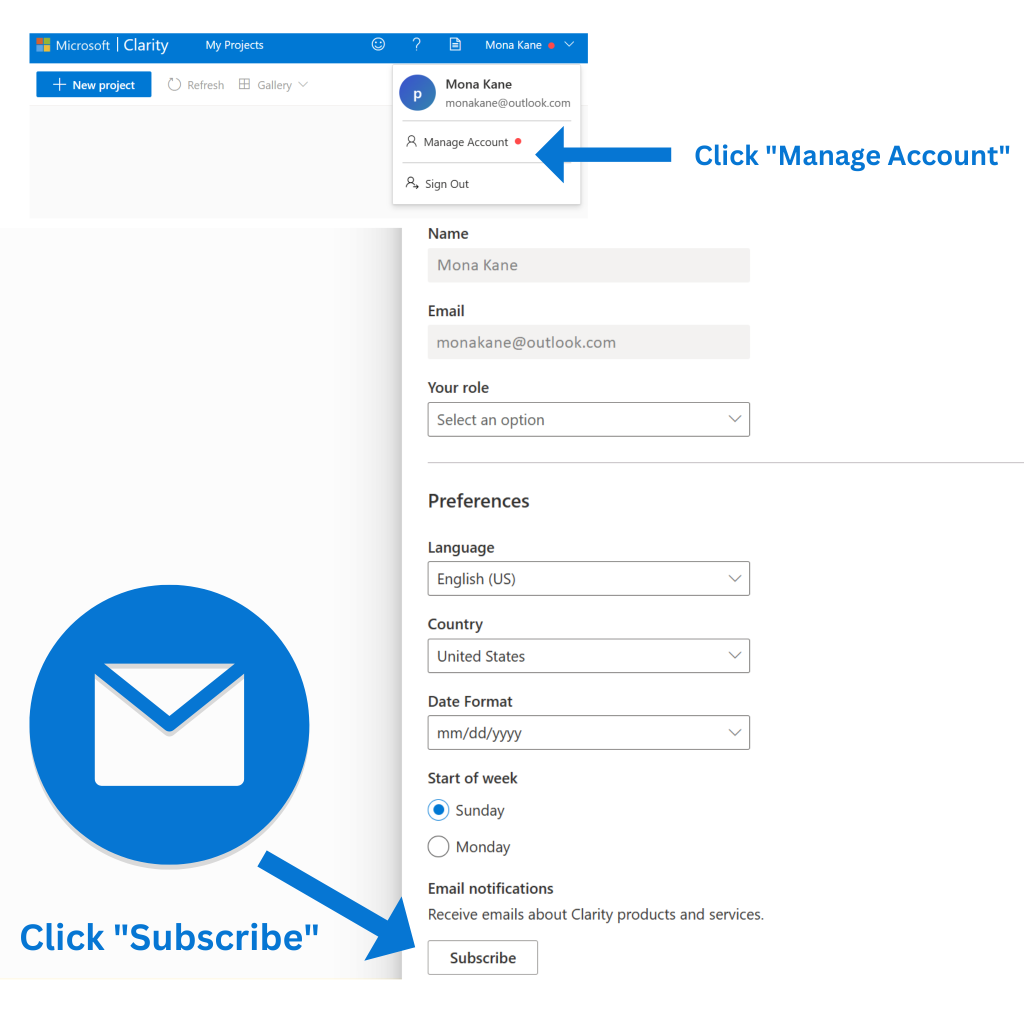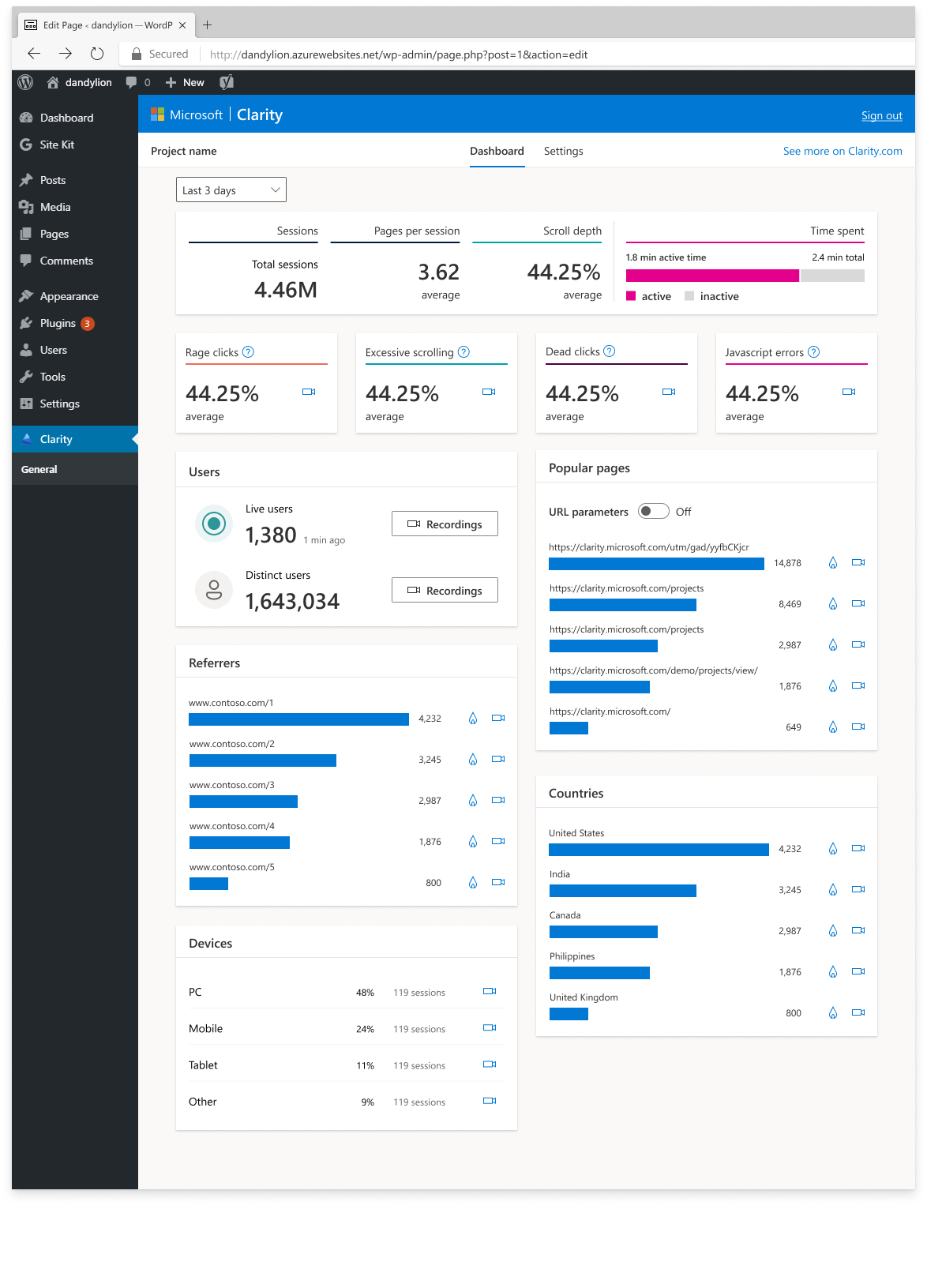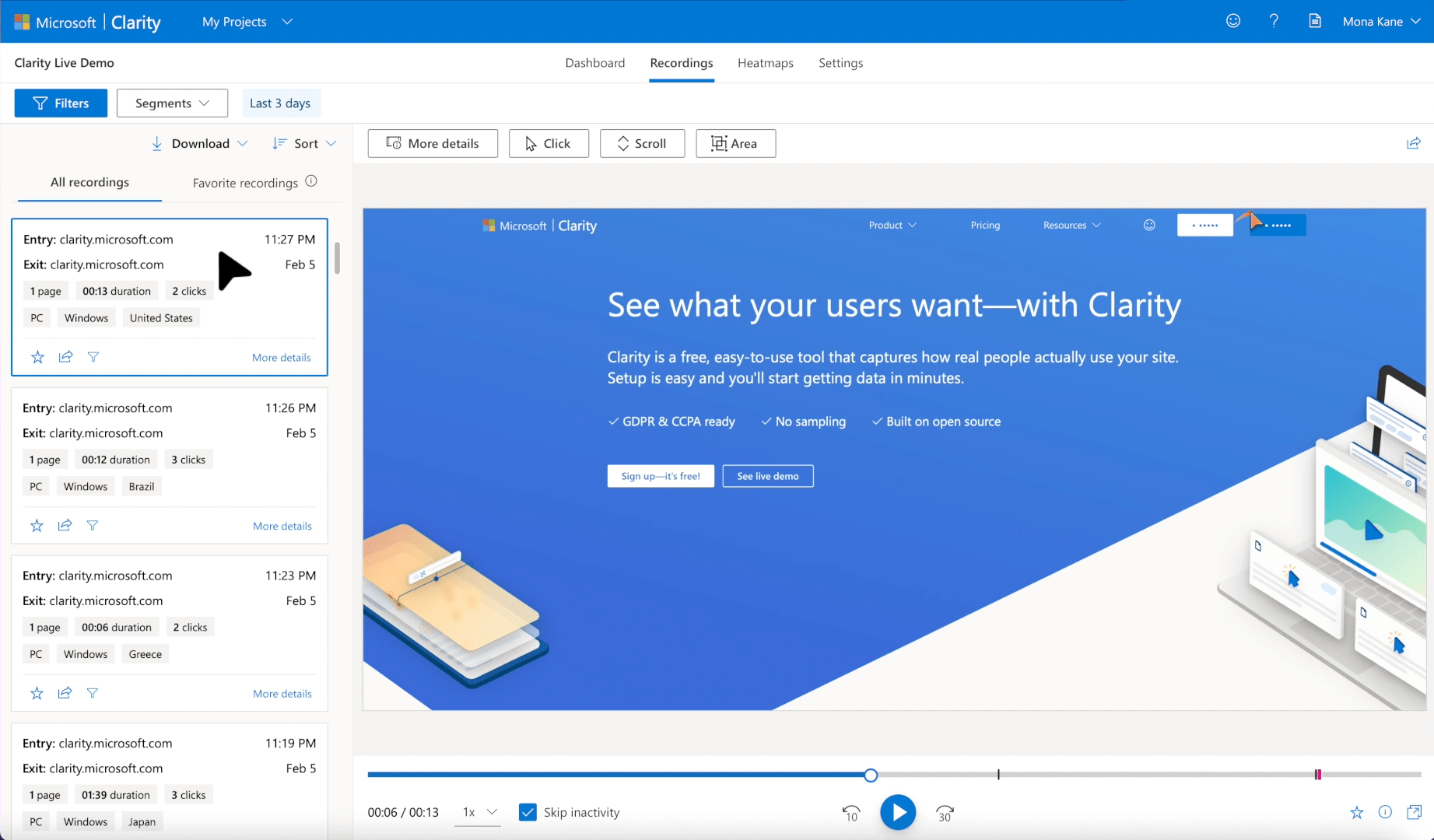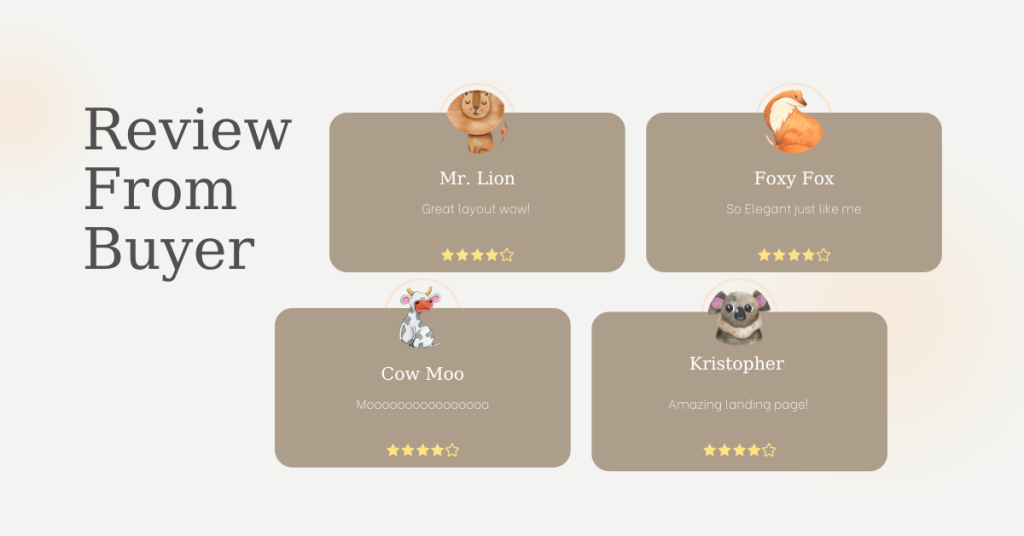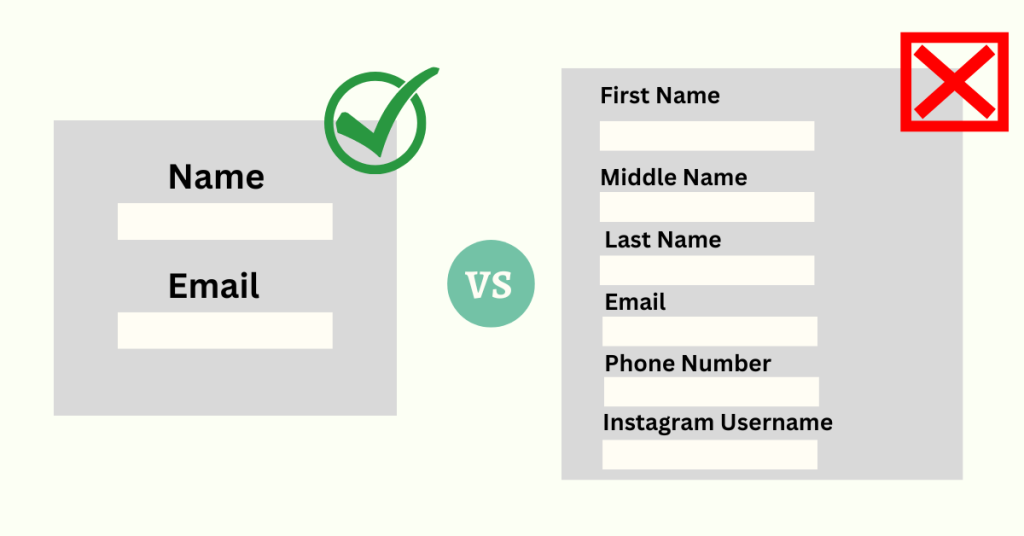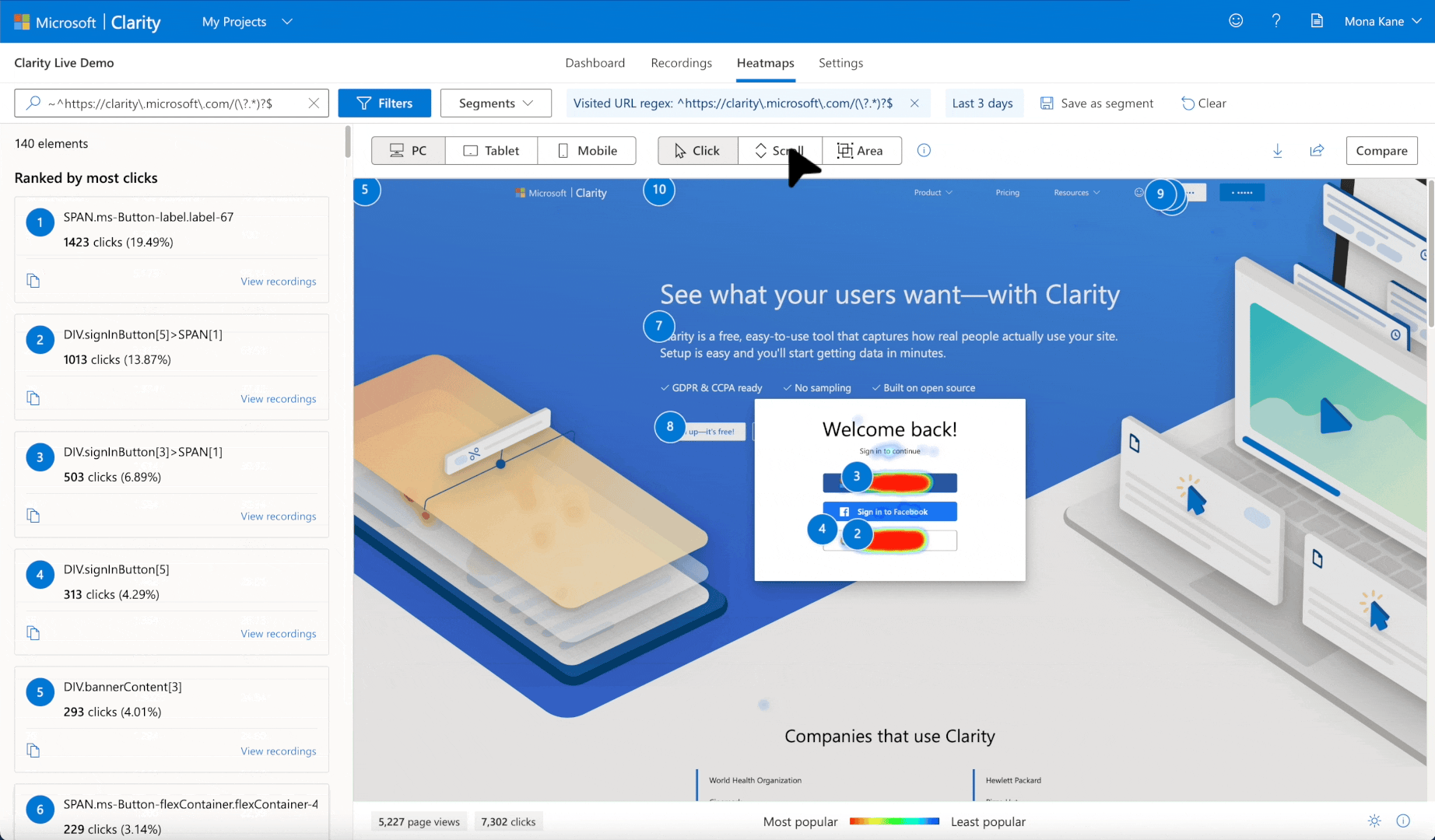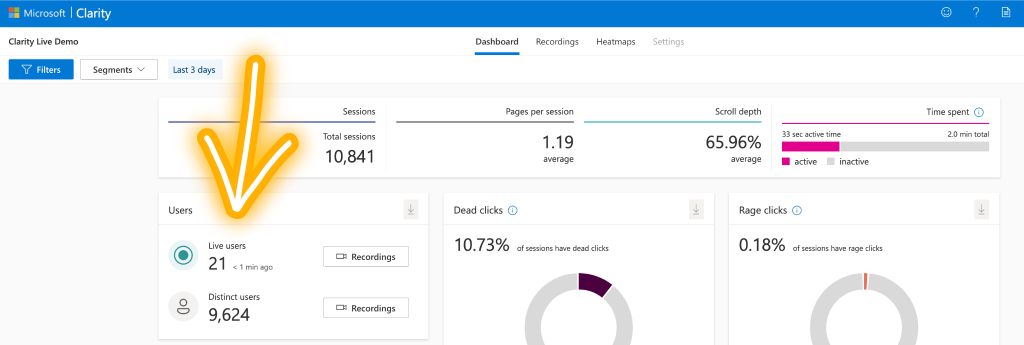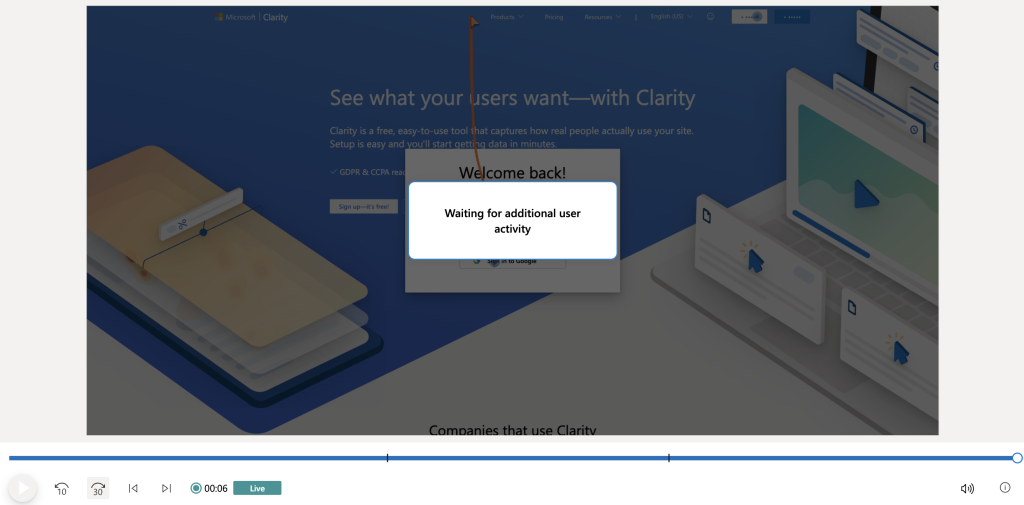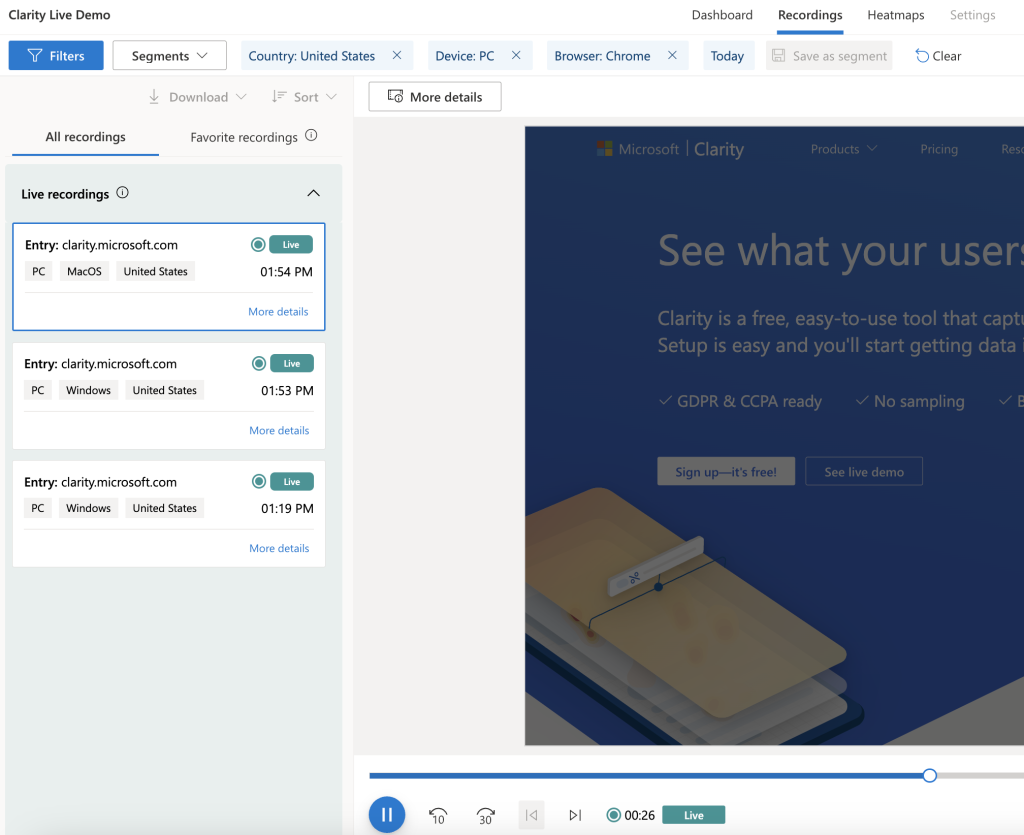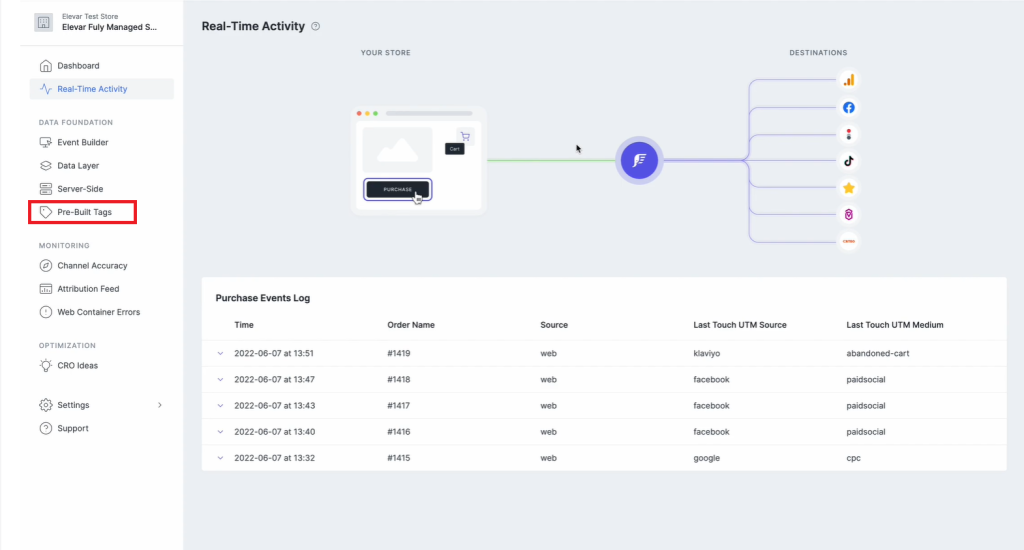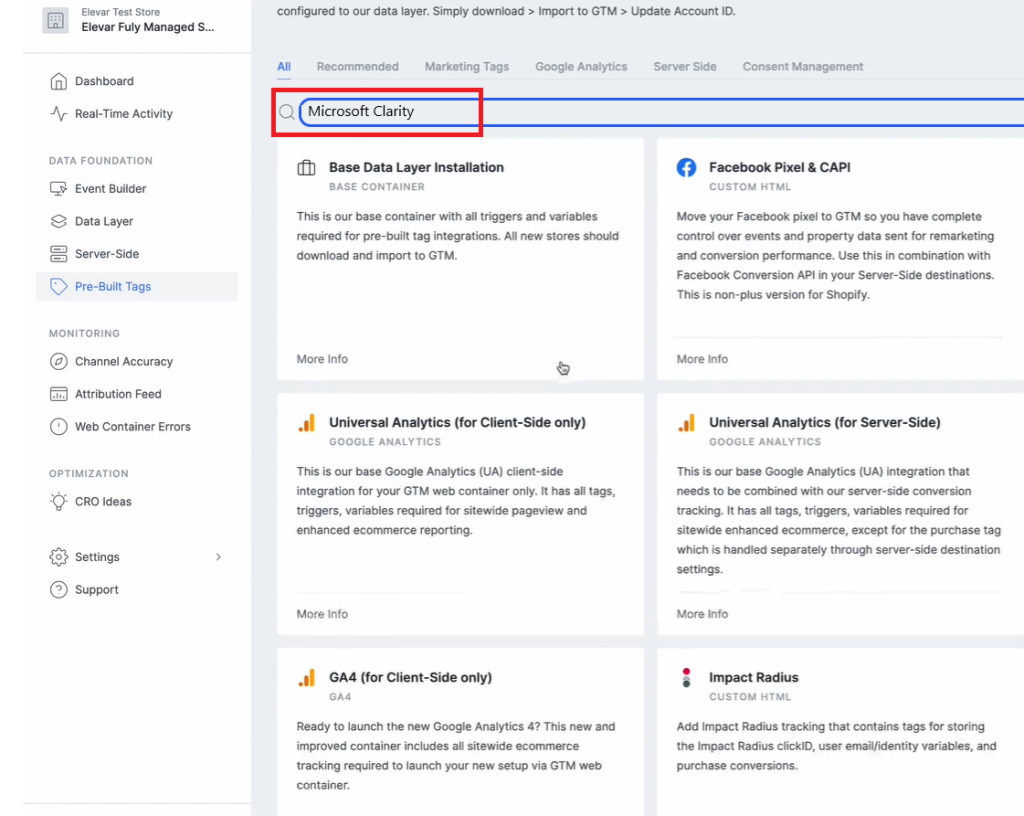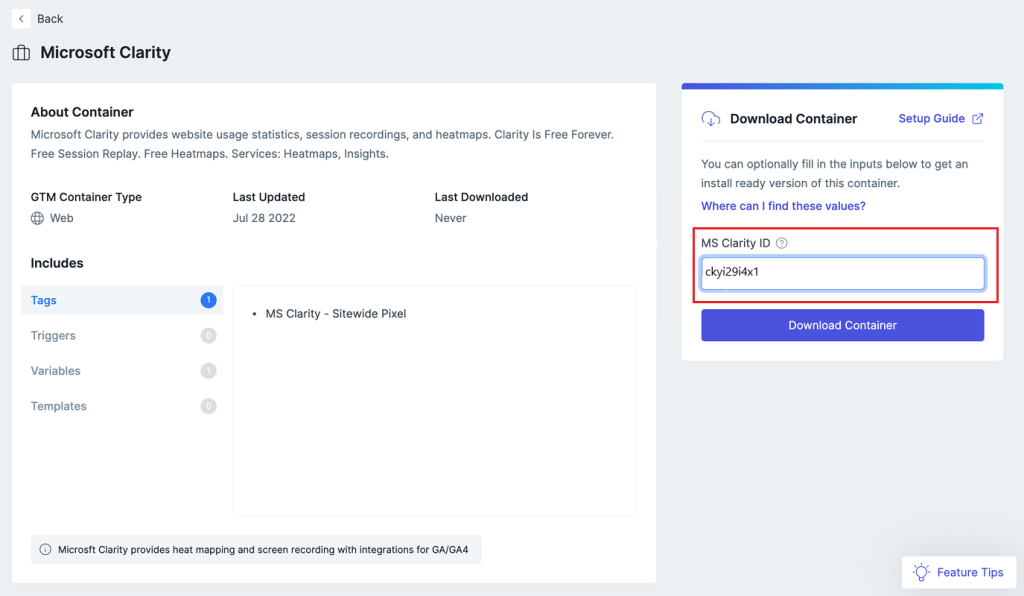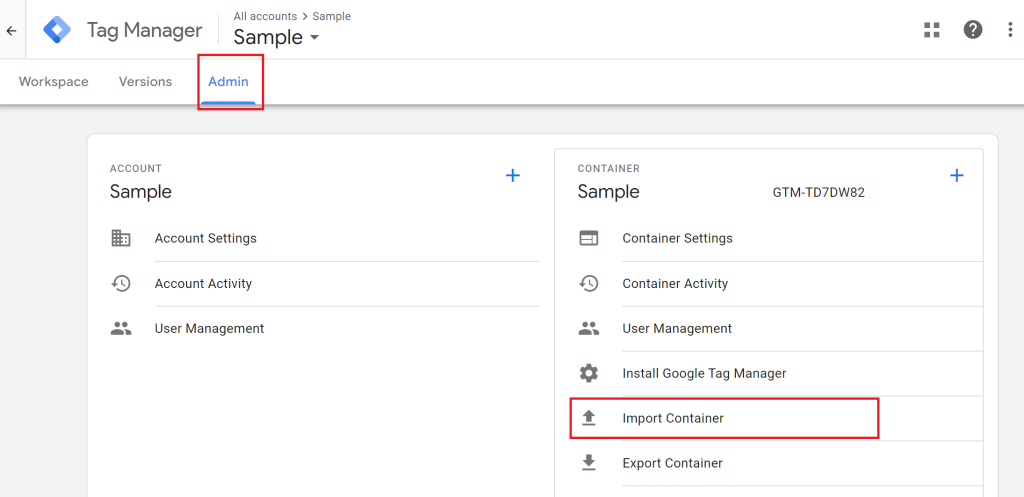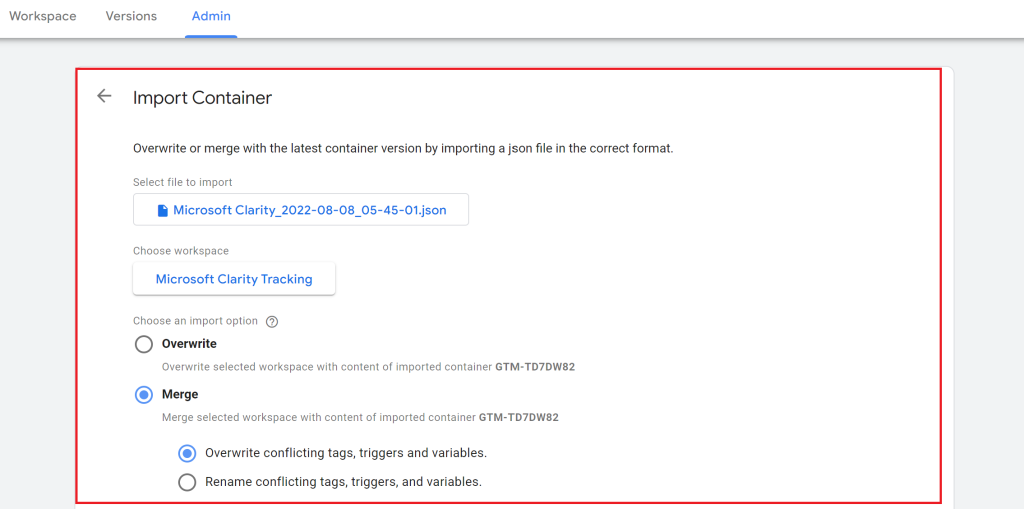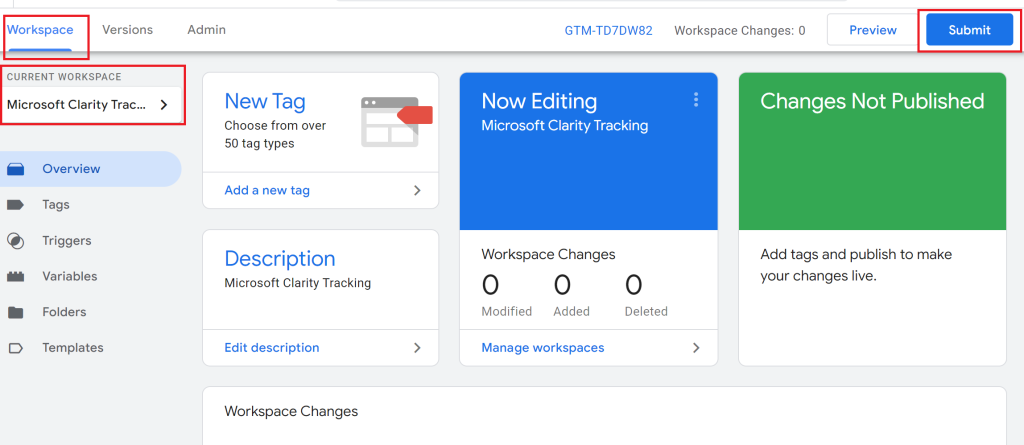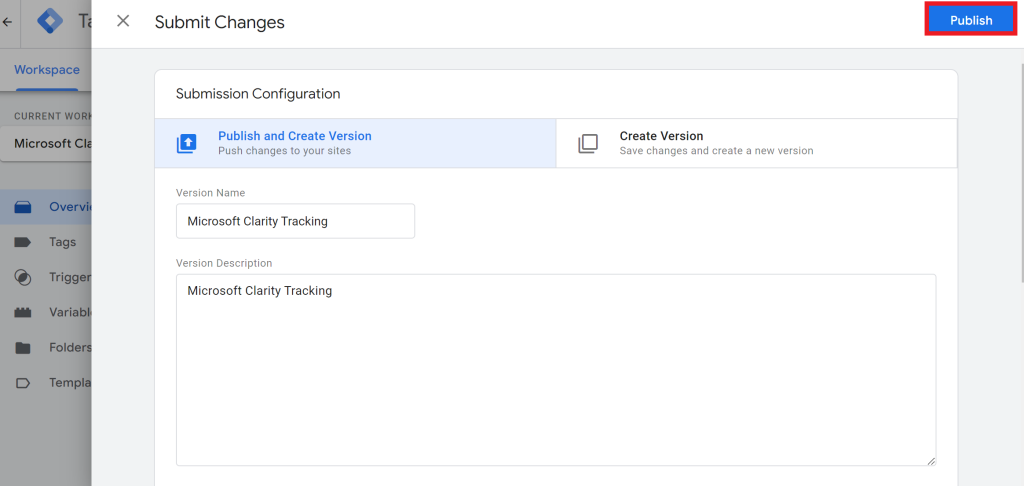In today’s digital age, creating a user-centric experience is paramount for businesses seeking to thrive in a competitive landscape. User personas play a crucial role in this endeavor, helping us gain deep insights into the needs, goals, and behaviors of our target audience. By understanding user personas, businesses can tailor their products, services, and marketing strategies to meet the specific demands of their customers. In this blog post, we will explore the concept of user personas, their significance, and provide you with practical tips on how to create effective user personas for your business.
What Are User Personas?

User personas, also known as buyer personas or customer profiles, are fictional representations of your target audience segments. These personas are created based on extensive research and data analysis to encapsulate the characteristics, motivations, and goals of your typical customers. By personifying your target audience, you can better understand their needs, preferences, pain points, and behaviors, allowing you to make informed decisions when designing products, improving user experiences, and formulating marketing strategies.
The Significance of User Personas:
- Enhanced User Understanding: User personas provide a holistic view of your target audience, enabling you to empathize with their needs and goals. This understanding helps you design intuitive and engaging user experiences that cater to their expectations.
- Effective Communication: User personas serve as a communication tool within your organization. They allow teams across departments, such as product development, marketing, and customer support, to align their efforts and work towards a unified goal of satisfying the identified user needs.
- Tailored Marketing Strategies: With user personas, you can develop personalized marketing campaigns that resonate with specific customer segments. By tailoring your messaging and content to match their preferences and pain points, you can increase engagement and conversion rates.
- Improved Product Development: User personas guide product development by highlighting the features, functionalities, and user flows that will appeal to your target audience. By incorporating user preferences into the design process, you can create products that meet their expectations and solve their problems effectively.
Creating Effective User Personas:
- Conduct Research: Start by gathering qualitative and quantitative data through surveys, interviews, user testing, and analytics. Explore demographics, psychographics, motivations, goals, pain points, and behaviors of your target audience to gain valuable insights.
- Identify Patterns: Analyze the collected data to identify commonalities, patterns, and trends among your users. Look for shared characteristics, preferences, and needs that can be grouped together to form distinct user personas.
- Define Personas: Based on your analysis, create fictional characters that represent each user persona. Give them names, job titles, backgrounds, and specific details that align with their needs, goals, and pain points. Ensure your personas are realistic and relatable.
- Empathy and User Journey Mapping: Step into the shoes of your personas and map their journey with your product or service. Identify touchpoints, pain points, and opportunities for improvement throughout their interaction with your brand.
- Continuous Iteration: User personas should be dynamic and adaptable. Regularly update and refine your personas as you gather new insights and as your target audience evolves over time.
Example User Persona

Sarah Thompson – The Tech-Savvy Professional
Name: Sarah Thompson Age: 32 Occupation: Digital Marketing Manager Background: Sarah is a tech-savvy professional with a passion for digital marketing. She has been working in the industry for over seven years and is constantly seeking innovative tools and solutions to stay ahead of the competition. Sarah holds a Bachelor’s degree in Marketing and is always eager to learn about the latest industry trends.
Goals and Motivations:
- Stay Updated: Sarah’s primary goal is to stay updated with the latest digital marketing trends, tools, and strategies to improve her skills and deliver successful campaigns for her clients.
- Increase Conversion Rates: Sarah aims to optimize conversion rates for the marketing campaigns she manages. She is motivated by achieving higher ROI and generating substantial revenue for her clients.
- Enhance Efficiency: Sarah is constantly looking for ways to streamline her workflow and improve efficiency. She seeks tools that can automate repetitive tasks, provide insightful analytics, and offer seamless integrations.
Pain Points:
- Information Overload: With the abundance of digital marketing resources available, Sarah often finds it challenging to filter through the noise and identify the most relevant and trustworthy sources.
- Time Constraints: As a busy professional, Sarah has limited time to explore new tools and strategies thoroughly. She seeks solutions that are easy to understand, implement, and integrate into her existing workflow.
- Technical Support: When encountering technical issues or hurdles while using new tools, Sarah values prompt and reliable customer support to resolve problems efficiently.
Behaviors:
- Continuous Learning: Sarah regularly participates in webinars, attends industry conferences, and reads industry blogs to expand her knowledge and stay updated with the latest digital marketing trends.
- Active Networker: Sarah actively engages with online communities, forums, and social media groups to exchange insights, best practices, and recommendations with fellow professionals in the field.
- Early Adopter: Sarah enjoys being an early adopter of new tools and technologies that show promise in improving her productivity and campaign performance. She actively seeks recommendations and reads reviews before making a purchase or integrating a new solution into her workflow.
By understanding user personas like Sarah Thompson, businesses can design marketing campaigns and develop products that cater to the specific needs and preferences of their target audience. Remember, user personas should be customized to your business and continuously updated as you gather new insights and trends in your industry. In addition, you can use Microsoft Clarity to visualize your user’s behaviors through heatmaps and session recordings. This will give you a more complete picture of how effective your initial analysis is.
Conclusion:
User personas are invaluable tools that allow businesses to truly understand their customers and tailor their products, services, and marketing efforts to meet their needs. By investing time and effort into creating accurate and comprehensive user personas, you can create remarkable user experiences, foster customer loyalty, and achieve business success. Remember, the key to effective user personas lies in ongoing research, empathy, and a commitment to continuously optimizing your understanding of your target audience.




